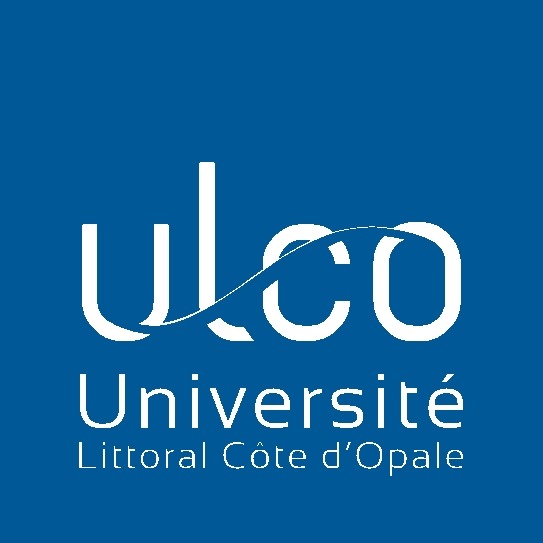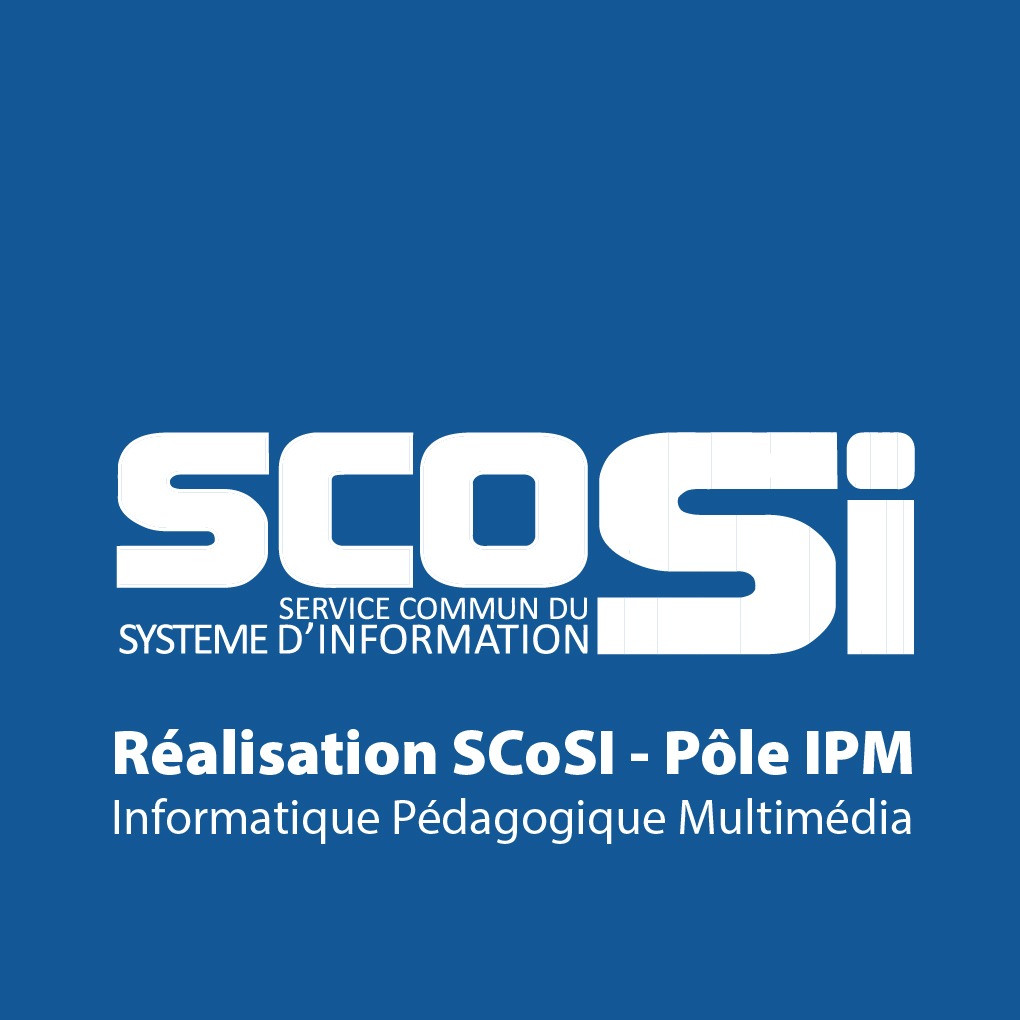The concept of protectionism has been systematically criticized for nearly 150 years without a real scientific approach to the issue. The liberal Doxa and the current neoliberalism are ultimately based only on Ricardo’s theory of comparative advantages. This theory, we should recognize it, has nor scientific basis, nor historical and factual basis. In fact, Ricardo’s approach presents a logical seduction with the exception that the issue of international trade cannot be reduced to a pure world of trade. In the same way, international trade is inextricably linked to the question of the State, and therefore to the question of sovereignty, and therefore to conflicts of power conflicts.
What do we need today? First of all, we must radically move away from the Ricardian position, which considers the theory of comparative advantages to be an absolute truth. Theory that continues to be taught to all students in faculties as the only truth. Even a superficial examination of the reality of international trade is sufficient to realize that this theoretical approach is generally false. When we talk about protectionism, the first question is what kind of protectionism we are talking about: tariffs, market power, barriers to entry, regulatory standards, etc. We must reopen the discussion and get out of the prejudices and ideological dogmas of neoliberalism. In particular, this means mobilizing theory, technology, history and political science at the same time. A truly scientific approach to the issue of international trade relations is necessarily interdisciplinary in the full sense of the term. The real work today is not to develop sophisticated theoretical models but first to describe what exists, the reality of what international trade is today.
Physiocrats have stressed the idea of a natural order common to all things, intrinsic to their nature and, also, to the economic phenomenon. The paradigm of this trend is summarized in the famous motto “laissez faire”, a sentence attributed to Vincent de Gournay (1712-1759), French Minister of Commerce, who, like the physiocrats, opposed the traditional approach of colbertist regulatory centralism. The confrontation between liberalism and protectionism has been reconstructed since the first medieval measures dating back to 1426, and then chronologically retraced through its main points such as colbertism, the question of corn laws or the Smooth-Hawley tariff. Subsequently, in order to better understand the subject, a series of political assessments were provided on the protectionist phenomenon whose nature is not limited to economic reasoning alone, but which, on the contrary, also affects the cultural and social spheres of our society.
Economic history offers other methods to reduce foreign imports, such as high quality standards to allow the sale of foreign goods within the country’s territorial borders or the restriction of public procurement to domestic companies. With regard to financial protectionism, it can be said that, in this case, government support consists essentially of controlling and manipulating the main nominal economic variables, primarily the interest rate and the exchange rate. Essentially, a policy of changing the investor’s risk/return curve is implemented by de facto modifying the expected return of the project in order to make a domestic stock more attractive on the stock market than a foreign stock.
It is therefore necessary to reposition protectionism in concrete policies, in the world of production, consumption, lifestyles and not only in the world of trade.
André Tiran
Université de Lyon
More:
 |
Libéralisme et protectionnismeEconomie politique des relations internationales
|



